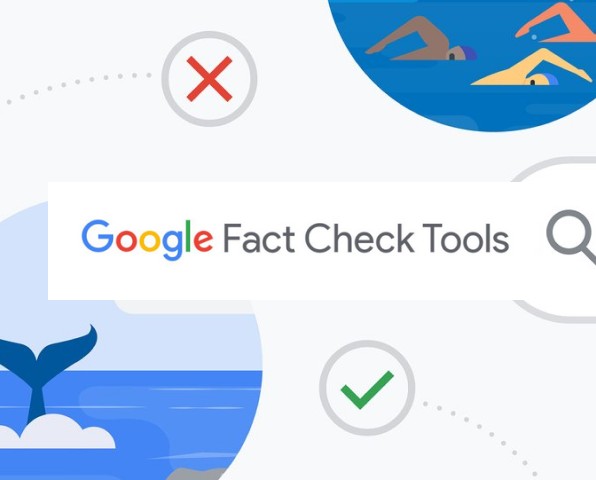
Google's Fact Check tools are a suite of digital resources that aim to combat misinformation by providing users with fact-checking information from reputable sources directly within search results, helping them make informed decisions and verify the accuracy of claims.
The Fact Check tools consist of two tools: Fact Check Explorer and Fact Check Markup Tool. Both tools aim to facilitate the work of fact checkers, journalists and researchers. These tools include fact-check labels, fact-check articles, and the ClaimReview schema, which enable publishers to highlight and display fact-check information alongside their content.
Fact Check tools is a valuable storytelling tool for young storytellers because it promotes accuracy and responsible storytelling and critical thinking.
It encourages young storytellers to research and verify the accuracy of the information they include in their stories. By promoting fact-checking, these tools help develop a habit of presenting reliable and truthful information to their audience. With access to fact-checking resources, young storytellers can ensure that their narratives are rooted in truth and do not perpetuate or amplify false information.
Young people learn to be responsible storytellers, considering the impact of their words and narratives on others. This helps them develop essential critical thinking skills and enhance the credibility and trustworthiness of their work. This is especially important in an era where misinformation and fake news are prevalent, as it helps their audience trust the information presented in their stories.
Fact Check tools can also spark curiosity in young storytellers by encouraging them to delve deeper into various topics, explore multiple perspectives, and seek reliable sources.
Thanks to Fact Check Explorer, you easily browse and search for fact checks. For example, you can search for a politician's statement, or for a topic. You can also restrict results to a specific publisher. You can search by keywords and see a list of matching claims and the corresponding fact checks.
Keywords can be anything from specific topics to full politician quotes. Basically anything you would also put into the regular Google Search bar.
The Fact Check Explorer is a tool that provides access to fact-check information, but it's important to critically evaluate and corroborate information from multiple sources for a comprehensive understanding of the accuracy of a claim or source.
Step by Step How to fact check
You can learn more about Fact Check tools, including Explorer and Markup Tool directly on google website. It includes detailed explanations on the features and how to: https://toolbox.google.com/factcheck/about
You can get started using Fact Check Explorer in minutes on your desktop, you don’t even need to log in or create an account to get started.
To use the Explorer tool, you only need to open a web browser and navigate to the Fact Check Explorer page on the Google website.
If you want to use the Fact Check Markup tool, you will need first to familiarize with the ClaimReview schema, which allows publishers to highlight specific claims made within an article and associate them with a fact-checking source, you will need.